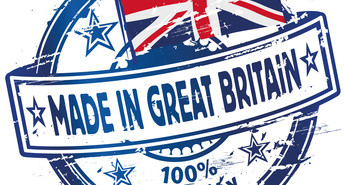Brexit begins biting: the economy grew by 0.3% in Q1 2017. This is below 0.4% expected and far worse than 0.7% seen in Q4 2016. Year over year, GDP advanced by 2.1%, also short of 2.2% predicted. The services sector is the main culprit for the slower growth rate. Services is 79% of the economy and its growth matched the overall advance of the economy.
GBP/USD is trading at 1.2915. The pair jumped all the way to 1.2944 but retreated in the very last minute ahead of the publication. Support awaits at 1.2770, which was the bottom of the range since PM Theresa May announced an early election.
More: GBP: Market Still Short, Sterling Still Cheap – BNPP
The UK was expected to report a quarterly growth rate of 0.4% in its Gross Domestic Product in the first quarter of 2017. In Q4 2016, the economy grew by a robust 0.7%. Year over year, GDP carried expectations for +2.2% against 1.9% beforehand.
GBP/USD was rising ahead of the publication, trading around 1.2930, the highest in over six months. Were markets front-running a positive outcome? Leaks and rumors are not uncommon with British indicators. However, markets can get it wrong.
Q1 2017 is when Brexit was expected to begin biting. In Q3 and Q4 2016, the economy continued growing as if Britain had never voted to leave the EU. But, economic indicators for the early months of 2017 were more worrying. The drops in retail sales were specifically concerning. Brits leaned towards essential products such as food and energy while shunning away from non-essentials.
The initial move above 1.2905 seemed like a false break, a result of USD weakness and not any GBP strength. The pre-GDP surge looks more substantial.
More:Â GBP: When Will The GBP Peak? Where To Target? NAB




